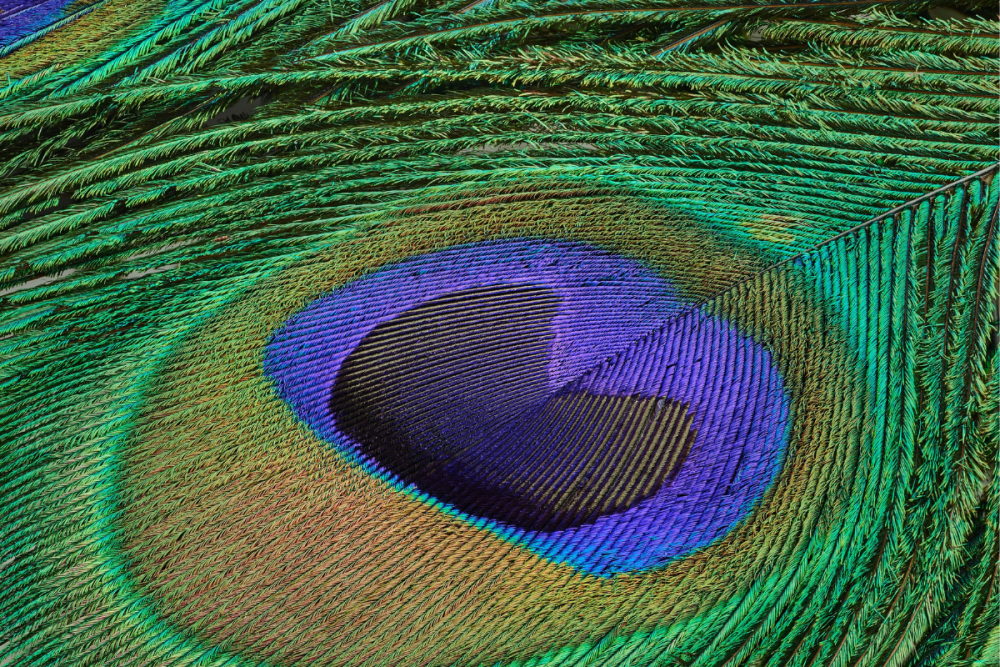It's time to embrace your inner peacock and start showing off your work with some totally awesome case studies.
And aren't case studies great? You take what you do and how you do it and package it up into a neat little parcel for everyone to see, admire and heap praise upon it. Simple.
Plus, you get to reflect on all that brilliant work you did. Go you! You did it!
The benefit of writing case studies
There are considerable benefits to creating case studies to promote your services and your brand as a whole:
They bring together your services and how your company is different in a neat, easy-to-digest format.
They let customers imagine what you can potentially achieve for them, rather than just telling them what you provide.
They give you larger pieces of content that can be repurposed for many purposes - social media, brochures, presentations, the sky's the limit!
They add weight to your current website content surrounding your services. Because who doesn't love a juicy content cluster where your customers can find out more and more about you with every click-through?

So, why do we struggle to write case studies?
You'd think that we'd all want to take every opportunity we can to show customers what we're doing and how it could benefit their business too. So why do we struggle with putting pen to paper (or fingers to keyboard)?
Time is a massive factor. So yes, you're doing tremendous work that would provide 24-carat gold material for a case study. But you're also DOING tremendous work, which means there may be little time to reflect on previous projects before it's on to the next one.
We also have a tendency to downplay what we do. For example, how many times have you heard something similar to:
I dunno. I just did my job, and yeah, I guess it turned out well.
You get the idea - there are a lot of "justs" in there. People are "just" doing their job when in fact, they're providing real-world examples that give potential customers the reason they should work with you in the first place.
So if we can take a little bit of time to reflect on past jobs and give ourselves a pat on the back, we can crack on with creating case studies. Hooray!
But where to start? Well...
A structure for creating case studies
The Challenge
You're undertaking work for a client because you're addressing a problem, an issue, a gap in their resources - whatever you want to call it. So when you're starting to write your case study, focus on the initial challenge.
What problem or issue was the client looking to address?
What was the client looking to achieve by engaging your services?
The Solution
You were presented with your challenge, and your team rose to the occasion to provide a terrific solution. So what was the answer?
And this doesn't have to be a straightforward "they were having X problem, so we offered Y as a solution". Were there a few options of solutions to choose from? Why did the team decide to go with the solution that you implemented? Don't be afraid to show your working.
The Considerations
Any case study that is worth its salt is not 100% straightforward. If it were, you'd be selling a good-to-go, straight-out-of-the-box product or service.
Every client has their own unique quirks and considerations that have to be taken into account. Maybe it's additional safety or confidentiality measures? Perhaps it's having to engage with a part of their team to complete the work.
And though everyone is different, showing how you were presented with challenges that you overcame shows your adaptability and drive to deliver the best service possible.
The Values
Baz Richardson explains this next point so eloquently in his video, 'What can you learn (and implement) from Apple's creative marketing'.
Now there are many little nuggets of information to be taken from Baz's teachings, but the one I've personally absorbed is the benefit of lacing your company values through your promotion.
Values should not just sit in a brand guideline document in some folder. They should form the basis of everything you do. So it stands to reason that your case studies (your actual work) would encompass these values.
If you claim to put people at the core of your business, put them at the heart of your case study. If you are all about sustainability, state how you've achieved the same for your customer.
The Next Steps
And finally, what's the next stage of the project?
You can always come back to amend your case studies, so if you can, it's definitely worth showing that you're thinking about the future.
It may be that once the work finishes on this particular project, you don't have to return to it. If so, what have you done to ensure longevity and quality assurance for the client?

And there you have it - five easy steps to case study glory. If you'd like some support building up a handy bank of case studies that you can refer to again and again, contact us, and we'd be delighted to help you start showing off those stunning feathers.